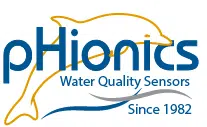Eliminate Electromagnetic Interference From Analog Systems
Table of Contents
This article focuses on the common causes of noise in analog devices related to water quality measurement, but the concepts and preventative measures are applicable to any electronic measuring device. We go over the types of electromagnetic interference along with how to identify and prevent them. Additional tips for designing a noise-resistant system are provided toward the end of the article.
What is electromagnetic interference?
Electromagnetic interference (EMI) is the disruption of an electrical circuit due to magnetic fields generated by another electronic device. It is especially important to consider because measurement systems (including electrodes, sensors, transmitters, and receivers) are often measuring extremely small changes in potential and transmitting them using low power signals. Unlike a system such as a computer, the parts of a measurement system are often spread out with long lengths of cable between them. The separation leads to greater exposure of these low power signals to EMI, which can lead to costly measurement errors. Let’s go over some sources of EMI and what can be done about them.
Devices that give off EMI include:
- Cell phones
- Radio Towers
- Walkie-Talkies
- Powerlines
- Motors/pumps
- Ships
- And anything else that runs on electricity.
EMI can be long- or short-range and can travel through air, water, or solid materials. It causes noise that skews or prevents data collection, resulting in wasted time and money if proper precautions are not taken. There are two types to be aware of, electromagnetic (EM) induction, and electromagnetic radiation (EMR), which impact measurements in different ways.
Electromagnetic Induction
To understand EM induction, we first must understand Faraday’s Law. It states:
The electromotive force around a closed path is equal to the negative of the time rate of change of the magnetic flux enclosed by the path.
Such a clear, concise statement that we don’t need to explain further. Let’s move on.
…
Okay, I’m joking. For this article though, all that needs to be known is a changing magnetic field induces a current in a conductive material and a changing current in a wire induces a magnetic field around the wire. This concept is integral for much of the technology that defines our world today, such as motors and power grids. Induction is generally only a concern to devices that are close together, as the generated magnetic fields decay exponentially based on distance.
Identifying Electromagnetic Induction Interference
The symptoms of EM induction depend on the source, but typically result in larger measurement errors compared to EMR. They are most easily recognized by patterns of noise consistent with the turning on (or off) of nearby machinery, such as a solenoid pump used to control acidity in wastewater. When a source of EM induction turns on, measurements will spike and fluctuate until the source is turned off, at which point measurements will go back to normal.
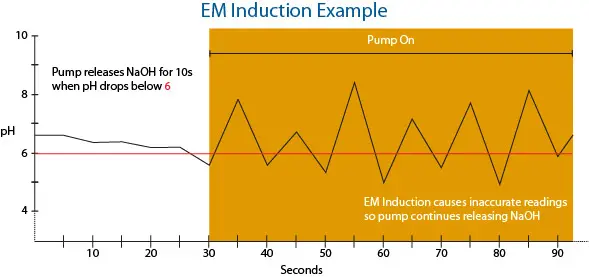
Electromagnetic Radiation (EMR)
EMR is given off by devices that communicate via electromagnetic waves such as radio, cellular (4G and 5G), WiFi, and Bluetooth. These waves can travel extremely long distances and their presence is expected to increase exponentially as the Internet of Things (IoT) becomes more prevalent.
Identifying Electromagnetic Radiation
EMR generally appears as a low level of erratic background noise resulting in small measurement errors. As devices are communicating constantly, the background noise normally remains constant instead of having a pattern like EM induction.

Reducing the Effects of EMI
Planning
Electromagnetic Induction
The best way to prevent electromagnetic induction from affecting water quality (or any) measurement is with proper planning. For applications such as process control or wastewater monitoring, where strong motors and solenoid pumps are nearby and required for the application, it is extremely important to place any measurement devices away from heavy machinery. This also includes the cables running from the measurement devices as, even with shielding, transmission is susceptible to noise and EM induction can be very powerful. If facilities are not designed with EMI in mind, then they face expensive restructuring when accurate measurements—and therefore quality control of production—are not possible.
Regarding water quality monitoring for environmental remediation or other purposes, electromagnetic induction is still a risk in areas of human activity. For any study, pay attention to common travel routes for boats to avoid induction from their engines and place measurement devices away from dock powerlines. Methods to reduce the effects of EM induction are provided later in the article
Electromagnetic Radiation Prevention
Again, planning is important, especially as manufacturing facilities move toward the dense communication structure required for 5G. Ensure there is a place to install the sensor away from routers or other sources of wireless communication. Due to the long-range transmission capabilities of these wireless signals, there can still be interference even when sensors are not installed close to a source, which is why we have included other methods of EMI reduction below.
Use Quality Cables
For any application requiring high accuracy, a shielded, twisted pair (STP) cable should be used.
Twisted pair wires are two conductors from one circuit that twist around each other. The twisting ensures that both wires are, on average, equidistant from any source of EMI, making any noise common across both conductors. The common-mode noise can then be removed more easily by the receiver using various methods.
Shielded cables have a wire that connects to either a foil or braided shield which passes electricity through it to form a Faraday Cage around the inner twisted pair wires, thereby reducing the effect of EMI. A helpful demonstration of the effectiveness of a Faraday Cage has been posted by MIT.
Proper Cable Routing
Always distance power cables away from signal cables to prevent EMI. Separation distances are outside the scope of this article, but Electrical Engineering Portal has effectively summarized the guidelines.
Signal Amplification
As most measurement signals are low power (e.g. pH and ORP measured in mV), one of the most effective means of reducing EMI is to strengthen, or amplify, the signal before transmission from the sensor to transmitter/receiver. This ensures that any interference is a smaller percentage of the total output, increasing the signal-to-noise ratio. Signal amplification works well assuming any point of interference is after the sensor. Products will generally advertise whether they have this feature built-in, sometimes referred to as a “preamp”. It is possible to add aftermarket signal amplification onto a product, but this method would not be as effective if any length of cable between the sensor and preamp is exposed to EMI.
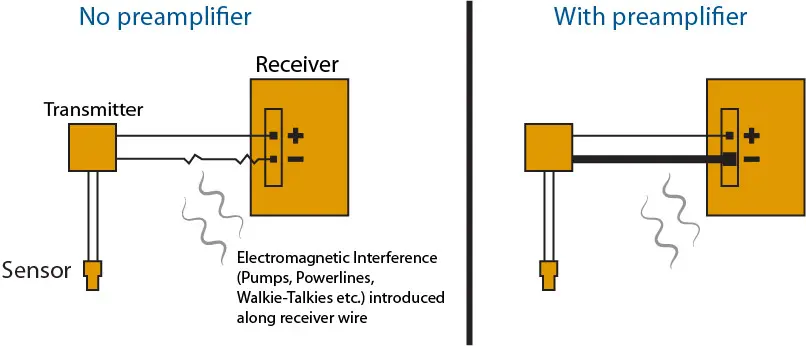
Signal Conditioning
Differential amplifiers are one solution to noise introduced before amplification. They subtract common-mode noise from the signal by using a conductor specifically for sensing EMI. As the only current on the conductor can be from EMI, it can be removed from measurements by the sensor, effectively conditioning the signal to improve signal-to-noise before amplification. Again, adding the feature on aftermarket is possible, but finding products that include it is most efficient.
A differential amplifier typically doubles as a preamp and amplifies signals after removing noise.
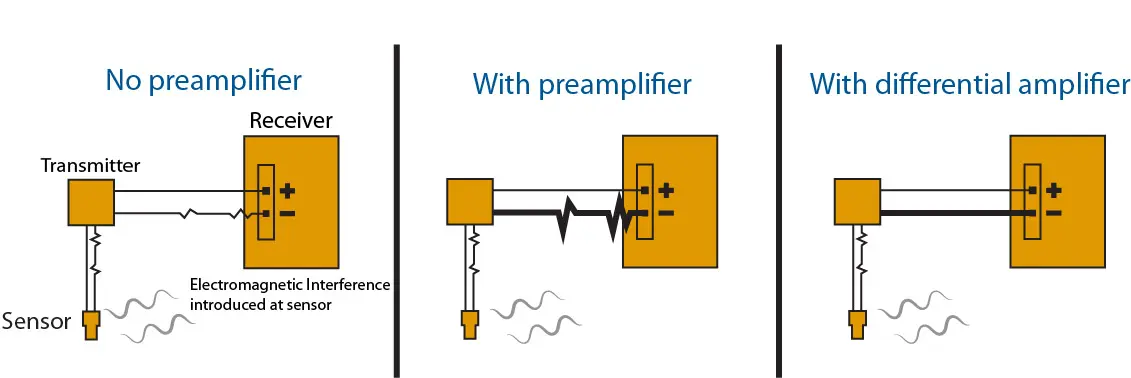
Use Noise-Resistant Signals
Some types of signals are more resistant to noise than others such as 4-20 mA compared to 0-5V. Current in a circuit remains constant while voltage varies with resistance (and therefore EMI), which is why 4-20 mA is the standard for analog devices. While some systems may be limited in their input and output options, choosing milliamps over voltage is recommended when possible.
Building on this concept is combining parts of a system to avoid susceptible signal output. For example, many water quality systems have separate sensors and transmitters. Often, this means that the sensor is outputting a voltage signal that is then translated to a 4-20 mA signal by the transmitter. The voltage signal sent by the sensor is vulnerable to EMI and introduces noise into the system. This can be avoided by combining the sensor and 4-20 mA transmitter into one device to remove the vulnerable output.
Conclusion
Many of the methods for reducing EMI depend on the products being used in a system. Proper wiring is always under your control, but some products may not allow changing to a shielded cable. Other products may have most of these features built in. pHionics water quality sensors and transmitters for pH, ORP (redox), dissolved oxygen, and conductivity include all the following features to ensure extremely accurate measurements in any conditions:
- Kevlar-reinforce, shielded, twisted pair cables
- Differential amplifiers
- Combined sensor and 4-20 mA transmitter
- Isolation (prevents ground loops)
pHionics is dedicated to providing information and products that improve accuracy in the fields of process control, wastewater treatment, and environmental monitoring. For any questions, please reach out to us using our contact page. For more information on our water quality sensors and transmitters, please visit our Products page.
Suggest an Article or Video Topic!
Recent Articles
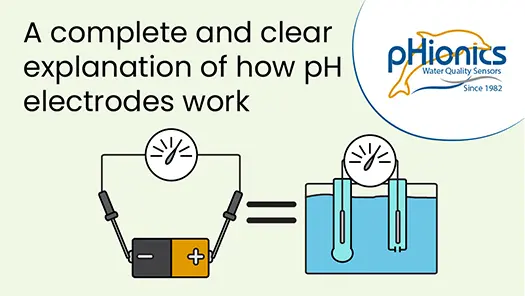
How Glass pH Electrodes Work
In this video, learn about the electrochemistry that allows silver/silver chloride pH electrodes to measure the acidity of solutions. Modern electrode design is also reviewed to demonstrate what improvements have been made and what weaknesses are still present. Click...
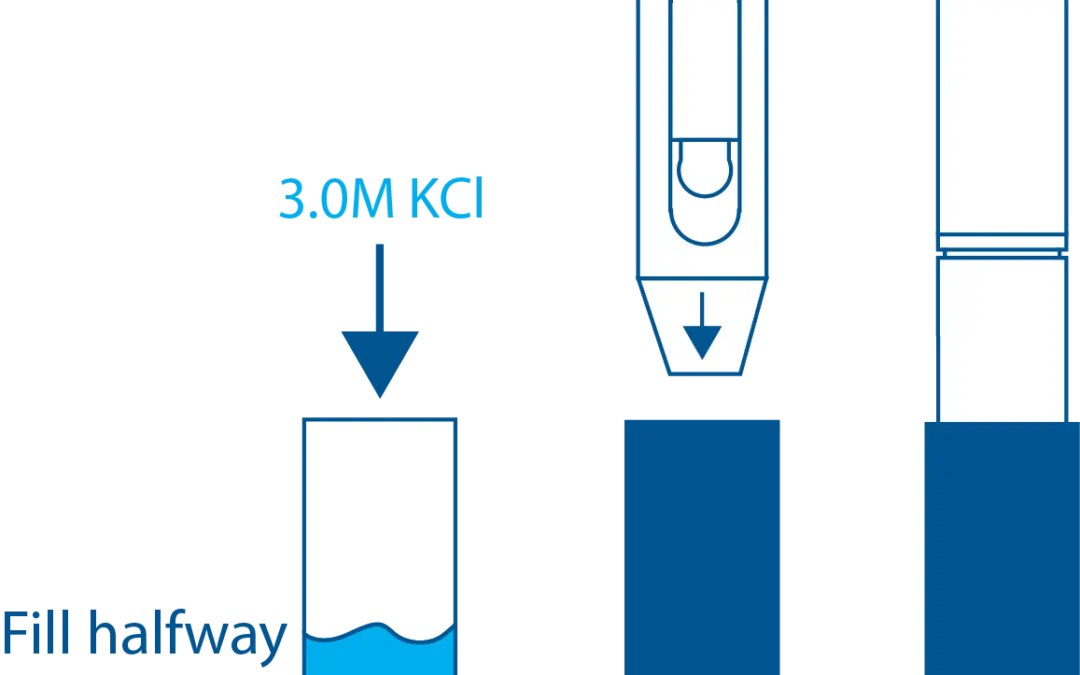
STs Series Sensor Storage
STs Series sensors are constructed from high-quality, durable materials that can be stored for long periods of time. The only weak point is the electrode, which can be damaged or expire during storage in the wrong conditions. These conditions vary depending on the type of electrode, which is why we have different storage instructions for each sensor.
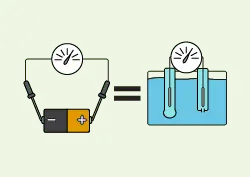
How a Glass pH Electrode Works
A comprehensive article covering how glass electrodes measure pH in a simple, understandable format. Specifically for silver/silver chloride electrodes.
